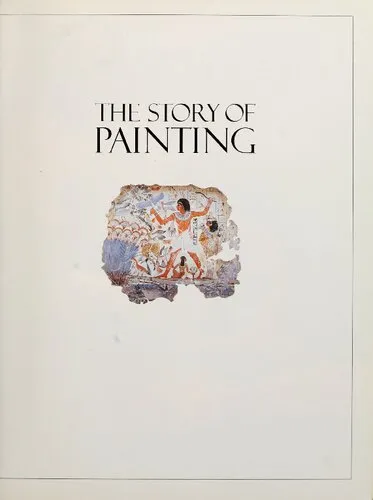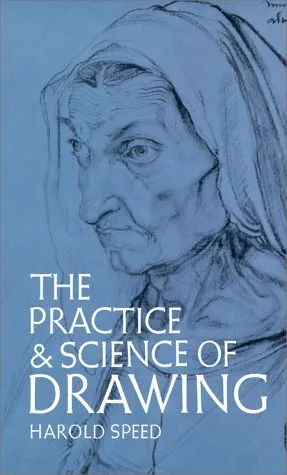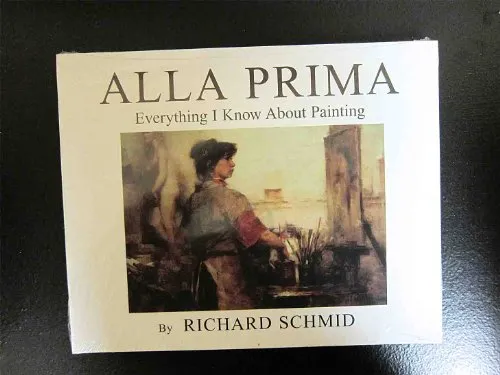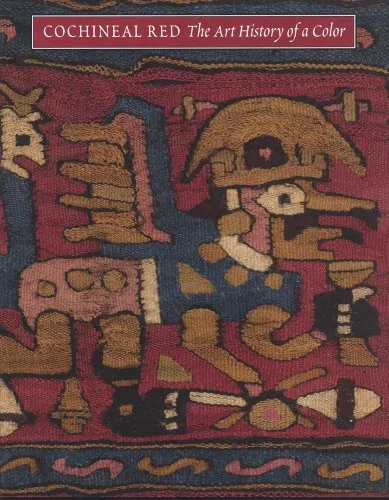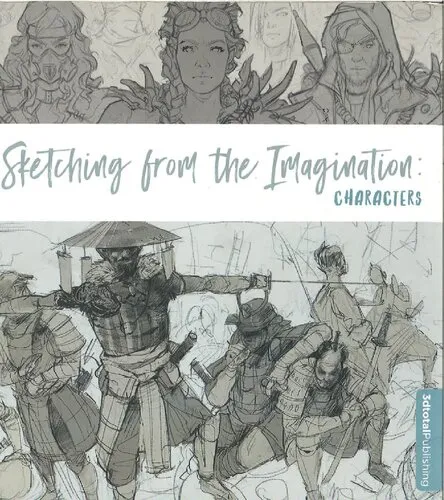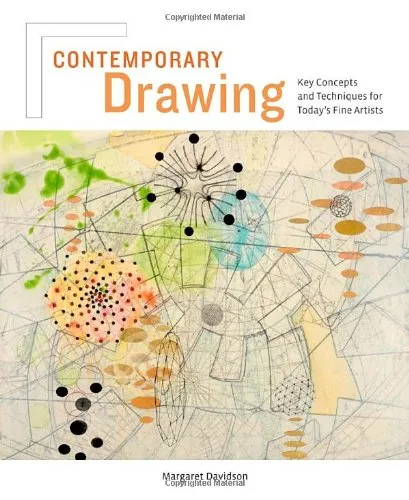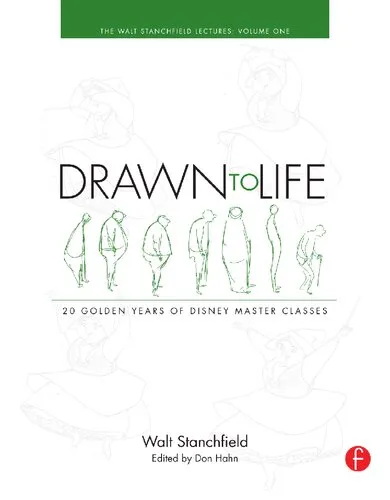The Story of Painting, From Cave Painting to Modern Times
4.5
Reviews from our users

You Can Ask your questions from this book's AI after Login
Each download or ask from book AI costs 2 points. To earn more free points, please visit the Points Guide Page and complete some valuable actions.Related Refrences:
Welcome to an enthralling journey through the visual history of humankind as captured by H.W. Janson and Dora Jane Janson in their seminal work, "The Story of Painting, From Cave Painting to Modern Times." This book is an illuminating exploration of the evolution of painting—from the primordial expressions on cave walls to the diverse innovations of contemporary art. With an art historian's precision and a storyteller's elegance, the Jansons provide readers with a comprehensive understanding of how painting has shaped and been shaped by cultural, political, and philosophical shifts over the centuries.
Detailed Summary of the Book
"The Story of Painting" serves as a panoramic survey of the history of painting, structured in a chronological order that unfurls the development of artistic techniques, styles, and ideologies. The book is meticulously organized into distinct eras, starting with the enigmatic cave paintings of prehistoric times. The narrative progresses through the epochs of Egyptian, Greek, and Roman contributions, emphasizing their unique stylistic elements and significance in art history.
Subsequent chapters bring to life the magnificent traditions of the Byzantine and Gothic periods, spotlighting the religious fervor entwined with artistic expression. As the Renaissance dawns, readers are introduced to the rejuvenated spirit of humanism and naturalism, highlighting illustrious artists like Leonardo da Vinci, Michelangelo, and Raphael.
The narrative then transitions to the Baroque and Rococo styles, which reflect the richness and complexity of the 17th and 18th centuries. As the book moves into the modern era, it covers Impressionism, Post-Impressionism, and the groundbreaking movements of the 20th century, including Cubism, Surrealism, Abstract Expressionism, and beyond. Each section is enriched with vivid descriptions that evoke the textures and emotions captured by the artists' canvases.
Key Takeaways
- The evolution of painting is deeply interconnected with human history, reflecting societal changes and technological advancements.
- Artistic techniques and styles have continually evolved, with each era contributing its distinct innovations and challenges to artistic norms.
- The importance of context—cultural, social, and political—plays a crucial role in interpreting and understanding works of art.
- The journey from cave paintings to modern art reflects humanity's quest for meaning, beauty, and self-expression across time and place.
Famous Quotes from the Book
"Art does not reproduce the visible; rather, it makes visible." - Paul Klee (quoted in the context of modern art's transformative powers)
"The purpose of art is not a rarified, intellectual distillate—it is life, intensified, brilliant life." - Alain Arias-Misson
Why This Book Matters
"The Story of Painting" is more than just an art history textbook; it is an insightful narrative that underscores the symbiotic relationship between art and humanity. This book is an invaluable resource for students, art enthusiasts, and anyone interested in understanding the power of visual expression. Janson's ability to demystify complex concepts while maintaining rigorous scholarship makes this book an enduring classic in the field of art history.
Within its pages, readers find a companion in their exploration of identity, culture, and innovation. By uncovering the layers of meaning within paintings, the Jansons invite readers to appreciate art not merely as static images but as dynamic records of human existence. Whether you are a novice seeking to acquaint yourself with art history or an aficionado hungry for deeper insights, "The Story of Painting" provides an expansive and enriching experience.
Free Direct Download
You Can Download this book after Login
Accessing books through legal platforms and public libraries not only supports the rights of authors and publishers but also contributes to the sustainability of reading culture. Before downloading, please take a moment to consider these options.
Find this book on other platforms:
WorldCat helps you find books in libraries worldwide.
See ratings, reviews, and discussions on Goodreads.
Find and buy rare or used books on AbeBooks.
1272
بازدید4.5
امتیاز50
نظر98%
رضایتReviews:
4.5
Based on 0 users review
"کیفیت چاپ عالی بود، خیلی راضیام"
Questions & Answers
Ask questions about this book or help others by answering
No questions yet. Be the first to ask!


